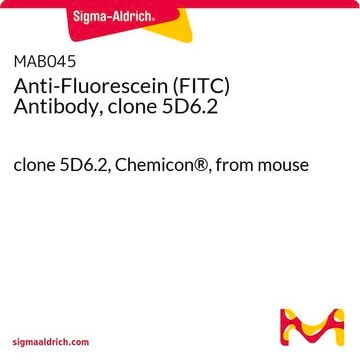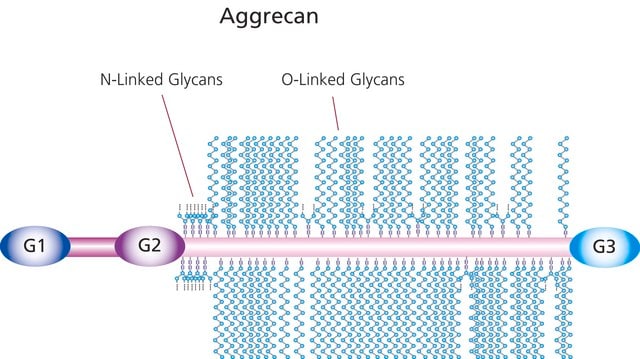A1812
Monoclonal Anti-FITC−Alkaline Phosphatase antibody produced in mouse
clone FL-D6, purified immunoglobulin, buffered aqueous solution
Sinônimo(s):
Monoclonal Anti-FITC
Selecione um tamanho
Selecione um tamanho
About This Item
Produtos recomendados
fonte biológica
mouse
recombinante
expressed in mouse cell line
conjugado
alkaline phosphatase conjugate
forma do anticorpo
purified immunoglobulin
tipo de produto de anticorpo
primary antibodies
clone
FL-D6, monoclonal
Formulário
buffered aqueous solution
técnica(s)
dot blot: 1:80,000 using human IgG/FITC monoclonal anti-human IgG
immunohistochemistry (formalin-fixed, paraffin-embedded sections): 1:20 using FITC conjugate
indirect ELISA: 1:30,000
Isotipo
IgG1
Condições de expedição
wet ice
temperatura de armazenamento
2-8°C
modificação pós-traducional do alvo
unmodified
Procurando produtos similares? Visita Guia de comparação de produtos
Descrição geral
Especificidade
Imunogênio
Aplicação
Immunohistochemistry (1 paper)
forma física
Exoneração de responsabilidade
Não está encontrando o produto certo?
Experimente o nosso Ferramenta de seleção de produtos.
Código de classe de armazenamento
10 - Combustible liquids
Classe de risco de água (WGK)
WGK 3
Ponto de fulgor (°F)
Not applicable
Ponto de fulgor (°C)
Not applicable
Equipamento de proteção individual
Eyeshields, Gloves, multi-purpose combination respirator cartridge (US)
Escolha uma das versões mais recentes:
Já possui este produto?
Encontre a documentação dos produtos que você adquiriu recentemente na biblioteca de documentos.
Active Filters
Nossa equipe de cientistas tem experiência em todas as áreas de pesquisa, incluindo Life Sciences, ciência de materiais, síntese química, cromatografia, química analítica e muitas outras.
Entre em contato com a assistência técnica








